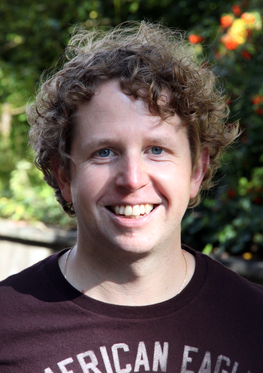Perhaps no aspect of 3D printing has captured the popular imagination more than personalized figurines with the facial features of real people. Now, researchers at Disney Research Zurich and the University of Zaragoza have developed a method that can incorporate an individual's hairstyle as well.
The researchers will present their new method at ACM SIGGRAPH 2014, the International Conference on Computer Graphics and Interactive Techniques in Vancouver, Aug. 10-14.
Miniature statues with a person's likeness are nowadays produced by scanning the individual's face with a depth camera or other sensor to create a 3D model. These facial features can then be applied to a figure that is produced on a 3D printer. But hair is beyond the capabilities of most systems, so hairstyles either must be roughly approximated or replaced with a pre-existing template.
The result can leave much to be desired, said Dr. Derek Bradley, associate research scientist at Disney Research Zurich.
"Almost as much as the face, a person's hairstyle is a defining characteristic of an individual," he explained. "The resulting figurine loses a degree of realism when the individual's hairstyle isn't adequately captured."
The goal is not to reproduce a hairstyle fiber by fiber, as this level of complexity cannot be miniaturized using current 3D printers. Rather, the researchers were inspired by artistic sculptures, such as Michelangelo's David, which reproduce the essence of a hairstyle, but in the solid form of a helmet. In the case of 3D-printed figurines, the researchers sought to retain the appearance of directional wisps and the overall flow of hair, as well as its color.
Beginning with several color images captured of the subject's head, the system first computes a coarse geometry for the surface of the hair. Color information from the images is then added, matching the colors to the rough geometry to the extent possible. In the next step, color stylization, the level of detail is reduced enough to enable the representation to be miniaturized and reproduced, while preserving the hairstyle's defining features. Finally, geometric details are added in a way that is consistent with the color stylization.
The researchers demonstrated the system by capturing the varying hairstyles of several people, including two people who each were scanned with four different hairstyles. In each reproduction, the hairstyles are identifiable and recognizably the same as when the subject's image was captured. The method even enabled facial hair and fur to be reproduced.
Derek Bradley (Disney Research Zurich)

http://zurich.disneyresearch.com/derekbradley/

http://ps.is.tuebingen.mpg.de/person/tsoli
SIGGRAPH 2014 papers on the web
http://kesen.realtimerendering.com/sig2014.html
Image and Video Abstraction by Coherence-Enhancing Filtering
Jan Eric Kyprianidis1Henry Kang2
1Hasso-Plattner-Institut, Germany
2University of Missouri, St. Louis, USA
Computer Graphics Forum, 30(2) - Proceedings Eurographics 2011

http://www.kyprianidis.com/p/eg2011/








 迪士尼研究团队开发了一种新技术,能够在3D打印的人像中精确还原个人发型特征,包括面部毛发及皮毛等细节。这项技术通过计算头发表面的粗略几何形状,并将颜色信息与之匹配,然后进行颜色风格化处理,最终添加与颜色风格一致的几何细节。
迪士尼研究团队开发了一种新技术,能够在3D打印的人像中精确还原个人发型特征,包括面部毛发及皮毛等细节。这项技术通过计算头发表面的粗略几何形状,并将颜色信息与之匹配,然后进行颜色风格化处理,最终添加与颜色风格一致的几何细节。
















 1万+
1万+

 被折叠的 条评论
为什么被折叠?
被折叠的 条评论
为什么被折叠?








